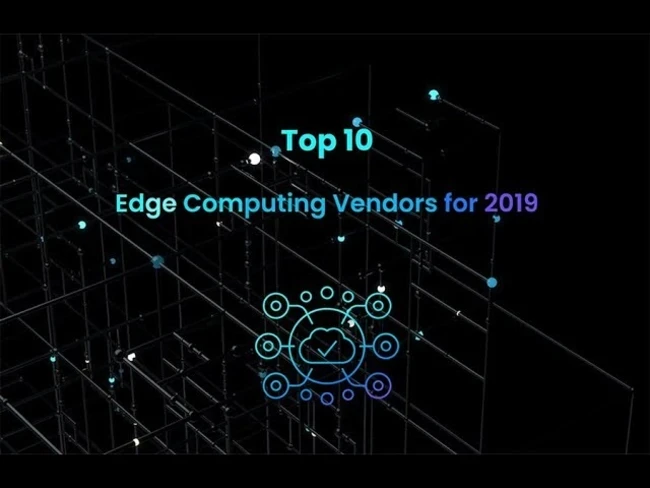
Edge computing is one of the most exciting new concepts in the digital world. Ultimately, it breaks through traditional cloud computing boundaries by enabling access to more efficient and powerful network architecture solutions. With edge computing, companies of all sizes can process the raw data they need to make critical business decisions closer to the source where that information is collected. This reduces the latency involved in IoT operations and transforms the potential of the cloud.
For businesses to make the most of the edge computing environment, they need support from a leading and knowledgeable vendor. The good news is that there are plenty of reliable options to choose from in 2019.
Like this piece? Check out our recent episode of Tech Chat.
Microsoft
Finally, as one of the best-known market leaders in cloud computing and intelligent business operations, Microsoft has plenty to offer businesses with an interest in the edge. In fact, Microsoft has been developing edge gateways and edge-based analytics for some time now. What makes Microsoft stand out is its commitment to pioneering new solutions in the Edge environment.
For instance, Microsoft currently holds more than 300 patents in the edge computing field, and the company recently launched the Azure IoT service, which features an all-in-one package of tools and container modules for today’s cloud innovators.
Amazon
It’s hard to overestimate Amazon’s potential as a cloud computing vendor. This company has soared to the top of the charts for various cloud offerings over the years. Today, Amazon Web Services is one of the leading cloud solutions on the market to offer easy entry points into the edge. For instance, Lambda@Edge allows today’s users to run serverless functions without having to provision servers.
Additionally, the AWS CloudFront environment offers an easy edge-based content delivery infrastructure. Furthermore, AWS GreenGrass IoT ensures that businesses have access to the tools they need to power next-level computer-to-system communications.
Dell EMC
Dell is yet another well-known computing company to make its way into the edge computing environment. Back in 2017, the brand designed a new IoT division to help it integrate services and products dedicated to IoT across the company. Key elements of Dell’s approach to edge computing over the years have included everything from Edge Gateways, to Isilon storage facilities, PowerEdge C-Series servers, and more.
Dell is continuing to drive IoT and edge computing through advanced labs and investments into resources and development. The company is also working on the Project Nautilus strategy for real-time analytics and storage for streaming solutions. Furthermore, Dell is working on Project IRIS to deliver extended security strategies along the edge of cloud computing.
HPE
Hewlett Packard Enterprise, or HPE, isn’t messing around when it comes to edge computing. The company recently made a huge 4 billion dollar investment into it’s developing edge network portfolio. The company now offers a wide selection of mini data centres, edge services, and smart routers to browse through if you’re looking to take the next step in digital transformation.
HPE are able to support you with a broad range of tools at the edge. Additionally, HPE also offers access to the Edgeline series of Converged Edge solutions that deliver enterprise-class IT on the edge too.
Cloudera
Cloudera is one of the world’s leading enterprise data cloud companies, so we’re not surprised that they’re also one of the pioneers driving the development of new edge computing strategies. The company only recently announced the introduction of two of their state-of-the-art edge data management solutions, both intended to empower IoT architects and developers with powerful ways to control their data at the edge.
The new solutions from Cloudera include Cloudera Edge Management, which can help with streaming data, and Cloudera Flow Management. The Flow option is a no-code, high-scale data ingestion solution.
IBM
IBM is a company that seems to specialise in virtually every aspect of digital transformation. Whether you’re looking for artificial intelligence or machine learning, IBM is here to help. It’s no surprise that the brand’s data scientists have been working on a new way to upgrade your edge computing strategy. Currently, IBM research scientists are developing their own peer-to-peer mesh networking technology that allows mobile devices to connect using no WiFi or cellular technology.
To make the most of your IBM edge computing experience, you can even combine it with the intelligent IoT platform offered via Watson.
Hitachi Vantara
Hitachi Vantara offers today’s businesses the opportunity to benefit from over 100 years of experience in operational technology with its edge computing offerings. With Hitachi Vantara, you can combine the composable and intelligent IoT platform that the company offers with the sensational Lumada solution for edge data management. Lumada offers insights into artificial intelligence, advanced analytics, and more. What’s more, because Lumada comes with an open architecture, you can run it wherever you need to.
With Hitachi Vantara’s edge computing strategy, businesses will have no problem collecting, aggregating, and analysing the data that they need. You can even make real-time updates to the way your applications run.
Cisco
Cisco is a company known across the globe for its exceptional communication tools and collaboration solutions. However, Cisco has also begun to experiment with new opportunities on the edge of cloud computing too. With Cisco at the core of your network, you can deploy a low-latency range of edge services using one of the globe’s most trusted infrastructure environments. There’s even the option to access 5G connectivity for your mobile devices.
Cisco claims that businesses can use its edge tools to simplify service delivery, reduce costs, and make the most of their topology one step at a time. Access to the Cisco Network Services Orchestrator is also included so that you can deliver higher quality services to end-users on the edge.
ClearBlade
One of the biggest benefits of edge computing is the fact that it can reduce the latency of IoT communications. That’s the advantage that ClearBlade focuses on with its state-of-the-art middleware platform, intended for IoT on the edge. The company’s IoT platform is also said to deliver 100% uptime. This helped it earn the position as a “Cool Vendor” with Gartner in 2018.
Through ClearBlade, you can ingest, analyse, and adapt the data that you collect on the edge in real time, and with plenty of scale too. You’ll also be able to set ClearBlade to run autonomously on gateways and devices. This can be done regardless of the network connectivity solutions that you’re using. Additionally, there’s the option to set up multiple edge computing instances at once.
Saguna
Saguna is a digital pioneer committed to helping businesses accelerate their growth through multi-access edge computing. This company specifically targets application developers and communication networks that want to take advantage of the speed and efficiency offered at the edge. Currently, the flagship product available from Saguna is the Open-RAN solution.
Saguna Open-RAN provides customers with the tools they need to deploy, develop, manage, and automate their edge-based cloud platforms. According to Saguna, Open-RAN also delivers ultra-reliable, low-latency communication. The system is even capable of supporting 5G features over 4G networks.


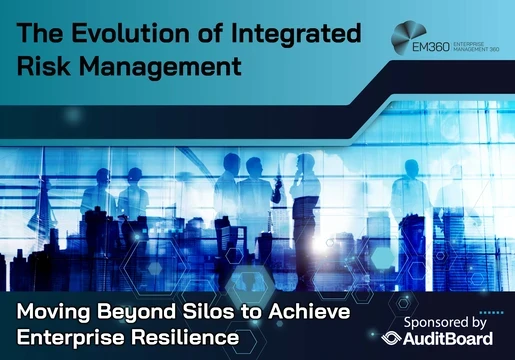



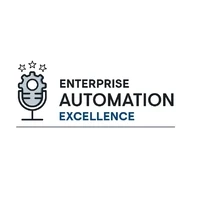
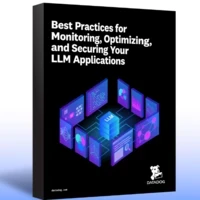

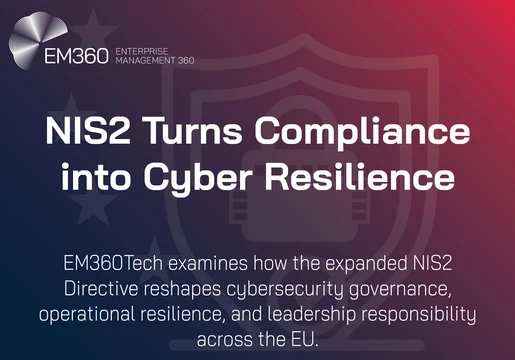




Comments ( 0 )